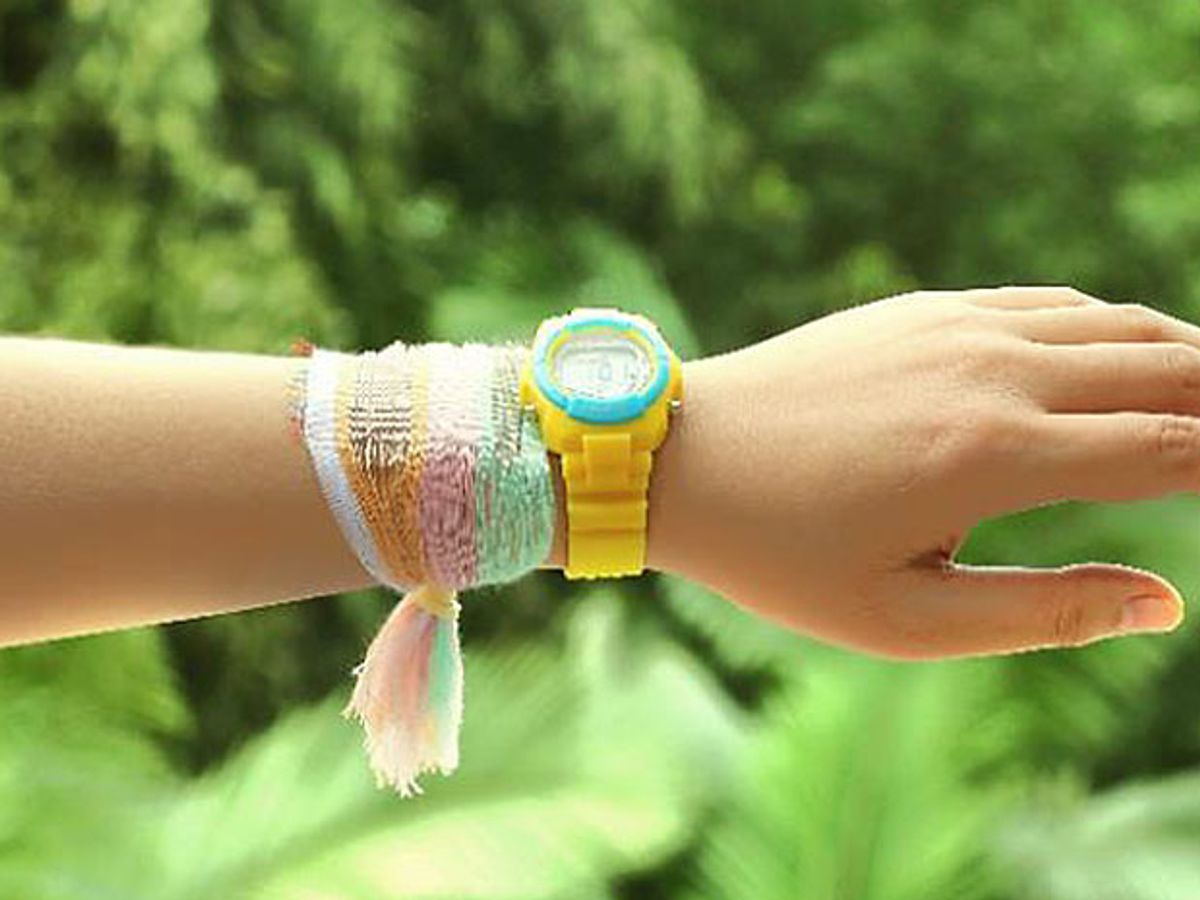A new wearable fabric that generates electricity from both sunlight and motion could let you power your cell phone or smart watch by walking around outside. Researchers made the textile by weaving together plastic fiber solar cells and fiber-based generators that produce electricity when rubbed against each other.
The 0.32-millimeter-thick fabric is lightweight, flexible, breathable, and uses low-cost materials, its creators say. It could be integrated into clothes, tents, and curtains, turning them into power sources when they flap or are exposed to the sun. By harvesting solar and mechanical energy, the power-generating cloth could work day and night, its inventors say.
“The hybrid power textile could be extensively applied not only to self-powered electronics but also possibly to power generation on a larger scale,” Zhong Lin Wang at Georgia Tech, Xing Fan at Chongqing University in Chongqing, China, and their colleagues write in a research published today in the journal Nature Energy.
Wang and his colleague report that a patch of the power textile wrapped on a person’s hand charged a cell phone and a watch when the person stood in daylight in ambient wind conditions and moved their hand.
Wang has made many motion-harvesting devices before, from energy-generating flags to biodegradable power sources for medical implants. The underlying phenomenon is the triboelectric effect, which causes static electricity. When two different materials repeatedly touch each other, one grabs electrons from the other so that opposite charges build up on the two surfaces.

In the new hybrid energy textile, thin flat strips of copper coated with a Teflon-like polymer act as triboelectric generators. The other power-generating component is the fiber solar cells, which the researchers make by growing light-sensitive zinc oxide nanowires on manganese and copper-coated plastic wires.
They use an industrial weaving machine to interlace the triboelectric strips and fiber solar cells with copper-coated plastic threads that serve as electrodes. When the fabric bends, the copper threads brush against the Teflon strips and generate electricity.
A flexible, wearable 4 centimeter x 5 cm power patch made by mixing wool fibers with the triboelectric and photovoltaic component charged a 2-millifarad commercial capacitor up to 2 Volt in one minute. Wang says they can make textiles as large as 20 cm x 30 cm, and it should be easy to scale up with a larger weaving machine.
Although they haven’t tested the fabric’s durability extensively, Fan says the output doesn’t drop even after it is bent 500 times. It works well in a temperature range humans can endure, he adds. And it should be able to withstand rain with proper encapsulation. “If the textile gets wet, any drop in performance can be recovered if the device is dried,” he says.



